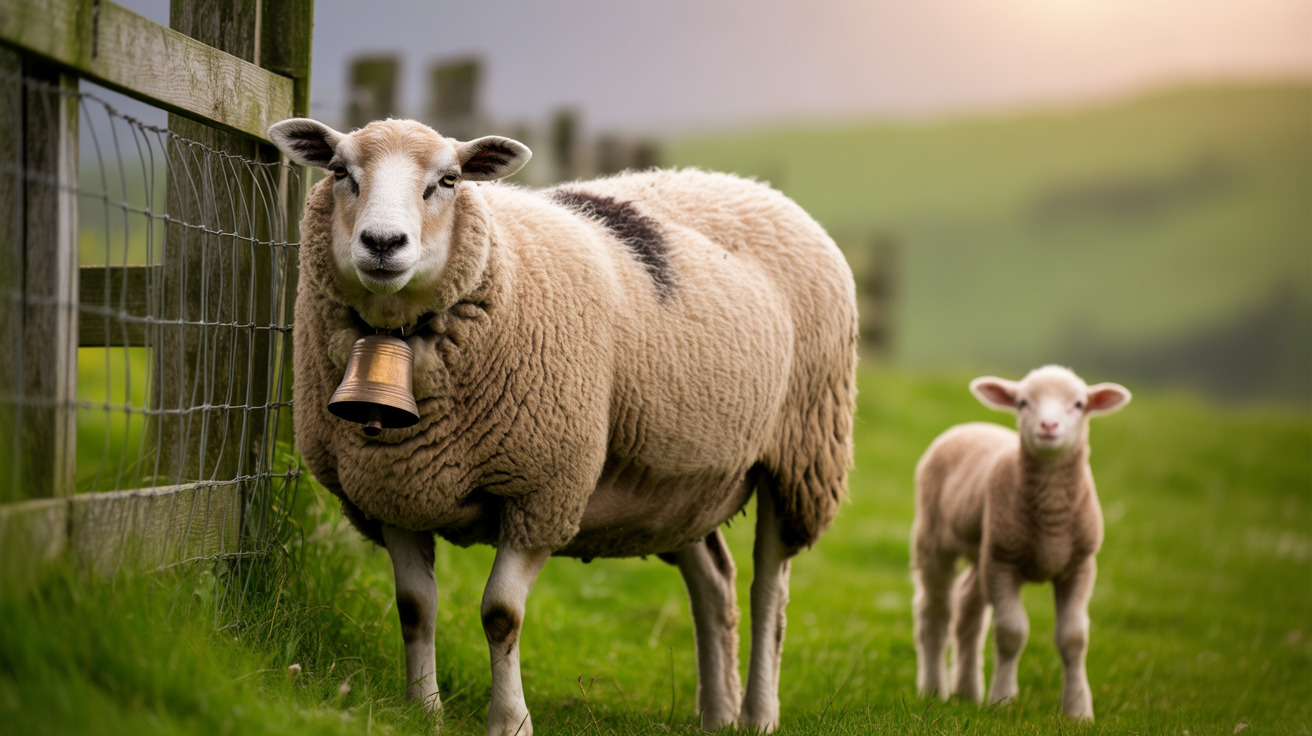A deviated septum in dogs can significantly impact their quality of life, causing various respiratory challenges that concern many pet parents. This comprehensive guide will help you understand the signs, causes, and treatment options for this uncommon but serious condition that affects our canine companions.
While particularly prevalent in brachycephalic breeds and Cavalier King Charles Spaniels, any dog can develop a deviated septum, either from birth or due to injury. Understanding the symptoms is crucial for early detection and proper management of this condition.
Key Symptoms of a Deviated Septum in Dogs
The most common signs of a deviated septum in dogs include:
- Noisy or labored breathing, especially during rest
- Frequent snoring or whistling sounds while breathing
- Open-mouth breathing, particularly during mild activity
- Nasal discharge (often from one nostril)
- Regular sneezing or reverse sneezing episodes
- Reduced exercise tolerance
- Difficulty eating and drinking simultaneously
Exercise and Activity-Related Signs
Dogs with a deviated septum often show more pronounced symptoms during physical activity. You might notice:
- Quick fatigue during walks or play
- Increased respiratory effort during exercise
- Recovery periods taking longer than usual
- Reluctance to engage in previously enjoyed activities
Diagnosis and Veterinary Assessment
Veterinarians use several methods to diagnose a deviated septum:
- Physical examination of the nasal passages
- Advanced imaging (CT scans or MRI)
- Rhinoscopy (internal examination of nasal passages)
- Assessment of breathing patterns and sounds
Risk Factors and Breed Predisposition
Certain factors increase the likelihood of developing a deviated septum:
- Brachycephalic (flat-faced) breed anatomy
- Previous facial trauma or injury
- Genetic predisposition
- Concurrent respiratory conditions
Treatment Options and Management
Treatment approaches vary based on severity and may include:
- Conservative management for mild cases
- Medical treatment for secondary infections
- Surgical correction in severe cases
- Environmental modifications to reduce respiratory stress
Post-Treatment Care and Monitoring
After diagnosis or treatment, ongoing care typically involves:
- Regular veterinary check-ups
- Monitoring breathing patterns
- Weight management
- Environmental humidity control
- Avoiding excessive exercise in extreme temperatures
Preventive Measures and Long-term Care
While not all cases can be prevented, certain steps can help manage the condition:
- Maintaining healthy weight
- Regular veterinary examinations
- Avoiding trauma to the facial area
- Proper breed-specific care for at-risk dogs
Frequently Asked Questions
What are the common symptoms of a deviated septum in dogs, and how do they affect breathing?
The most common symptoms include noisy breathing, snoring, nasal discharge, and difficulty breathing during exercise. These symptoms occur because the deviated septum restricts normal airflow through the nasal passages, forcing dogs to work harder to breathe.
How is a deviated nasal septum diagnosed in dogs, and what diagnostic tools are typically used?
Veterinarians diagnose deviated septums through physical examination, CT scans, MRI imaging, and rhinoscopy. These tools help visualize the internal structure of the nasal passages and determine the severity of the deviation.
What are the treatment options for dogs with a deviated nasal septum, and when is surgery recommended?
Treatment options range from conservative management to surgical correction. Surgery is typically recommended when the deviation significantly impacts breathing or quality of life, or when conservative treatments fail to provide relief.
Are certain dog breeds more prone to developing a deviated septum, and why?
Yes, brachycephalic breeds and Cavalier King Charles Spaniels are more prone to deviated septums due to their skull structure and genetics. These breeds often have other concurrent respiratory issues that can complicate the condition.
Can a deviated septum in dogs be prevented, and what are some preventive care measures for breeds at risk?
While congenital cases cannot be prevented, trauma-induced cases can be avoided through careful handling and protection from injury. For at-risk breeds, regular veterinary check-ups, maintaining healthy weight, and avoiding respiratory stressors are important preventive measures.
Understanding dog deviated septum symptoms is crucial for early detection and successful management of this condition. If you notice any concerning respiratory signs in your dog, consult with your veterinarian for proper evaluation and treatment recommendations.






